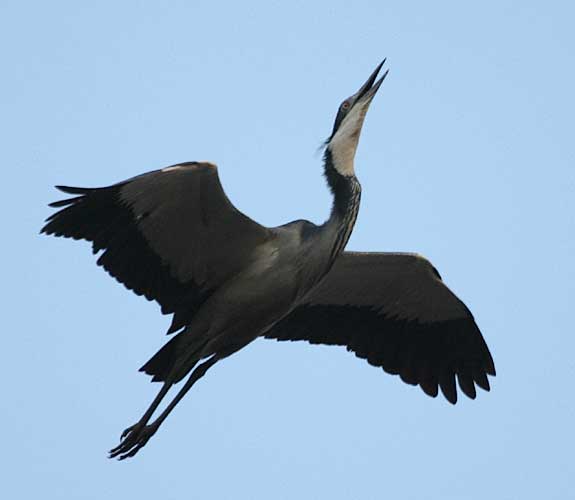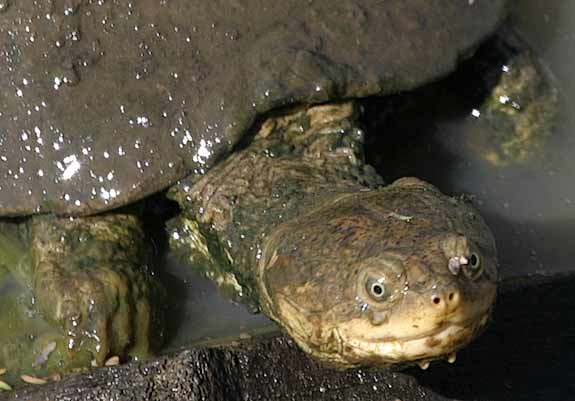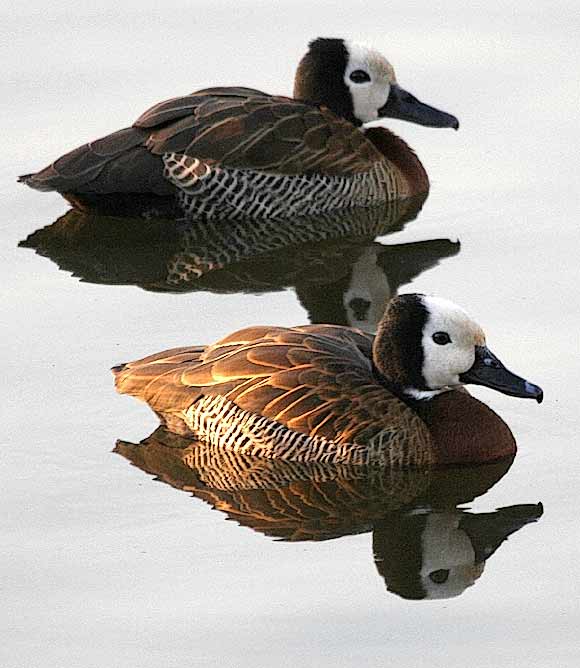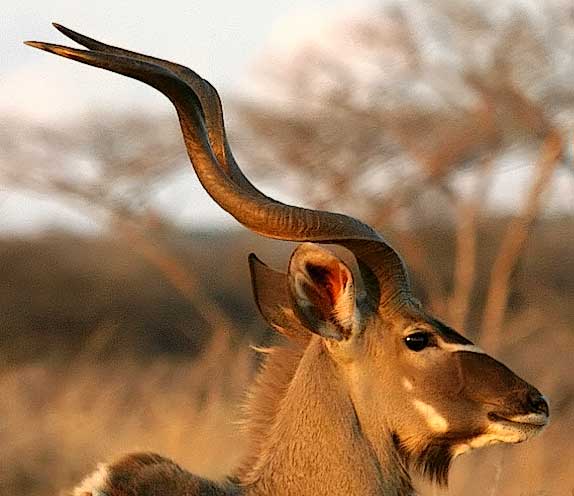Scotch Macaskill's Wildlife Blog
IMPORTANT: Please note that from April 2009 this Blog's Web address changed as a result of a switch in the blogging platform we use. It's still an integral part of the Wildlife Pictures Online website and, we hope, will continue providing entertaining and enjoyable content in the form of wildlife images, news, views and information.
For the most recent posts, links, and other resources, please visit the new Wldlife Photography Blog.
|
West African Black Rhino Feared Extinct
July 24, 2006
|
While most subspecies of Africa’s two rhinos, the black and white rhino, continue on the road to recovery, this is not true for two of Africa’s most threatened rhino subspecies: the West African black (Diceros bicornis longipes) and the northern white (Ceratotherium simum cottoni).
The West African black rhino is now feared extinct and numbers of the northern white rhino have reached an all time low in the wild. In both cases, poaching for rhino horn is the main cause of their demise.
This is according to new estimates announced by the African Rhino Specialist Group (AfRSG) of the
IUCN’s Species Survival Commission. An intensive survey earlier this year of the West African black rhino has failed to locate any sign of their continued presence in their last refuges in northern Cameroon.
“As a result this subspecies has been tentatively declared as extinct,” says Dr Martin Brooks , AfRSG chairman .
“Also the northern white rhino is on the very brink of being lost. Restricted in the wild to Garamba National Park in the Democratic Republic of Congo , recent ground and aerial surveys conducted under the direction of African Parks Foundation and the AfRSG have only found four animals.
"Efforts to locate further animals continue, but we must now face the possibility that the subspecies may not recover to a viable level,” he continued.
On a more positive note, continental black rhino numbers have increased to 3,725 as a whole, a rise of 3.2% over the last two years: this from an all time low of 2,410 in 1995.
The ultimate conservation success story continues for the other white rhino subspecies, the southern white.
Down to less than 50 animals a hundred or so years ago, numbers have increased to 14,540.
Since writing the above post, there has been dramatic increase in rhino poaching, threatening the long-term survival of both black and white rhinos. For more,
see Rhino Poaching Crisis in South Africa.
|
Today's Picture: Blackheaded Heron
July 24, 2006
|

Photo Details: Blackheaded Heron (Ardea melanocephala) winging its way upwards towards its nest, Pietermaritzburg, South Africa.
Camera: Canon EOS 350D; Lens: Canon 100-400 IS Zoom; Focal Length: 400mm; Manual exposure; Shutter speed: 1/500; Aperture: f5.6; ISO: 400
Additional Info: There's a small lake - or dam - in Pietermaritzburg, the city in which I live, that's frequented by a variety of duck and wading birds. Originally known as the "bird sanctuary", it's now built-up and surrounded by new buildings, but fortunately the birds have not been scared away by the recent development and hundreds still nest in the adjacent trees.
I'm not an accomplished bird photographer and have very little experience capturing birds in flight, so the above shot is one of my first attempts.
Although the location does provide opportunities when birds fly in to roost for the night, the main challenge is the poor light, as it's already dusk when most the action occurs. I'm hoping conditions will improve in our summer, but also assume the birds will simply come home to roost later in the day, so light will remain a problem.
|
Today's Picture: Terrapin
July 25, 2006
|

Photo Details: Serrated Hinged Terrapin (Pelusios sinuatus), close-up, Weenen Nature Reserve, KwaZulu-Natal, South Africa.
Camera: Canon EOS Digital Rebel; Lens: Canon 100-400 IS Zoom; Focal Length: 400mm; Shutter speed: 1/500; Aperture: f7.1; ISO: 200
Additional Info: We were in a hide overlooking a small waterhole in Weenen Nature Reserve when a group of terrapins, obviously aware of our presence, made their way to the water's muddy edge. They were either just curious or, more likely, had learnt that when the hide was occupied, there was a chance of food being offered.
I am assuming this is a Serrated Hinged Terrapin as these are found in KwaZulu-Natal where the photo was taken. I know very little about tortoises and terrapins and don't have a field guide - so please feel free to add a comment if I'm wrong!
|
Today's Picture: Whitefaced Duck
July 28, 2006
|

Photo Details: A pair of whitefaced duck (Dendrocygna viduata) look almost like table-top ornaments with their reflections cast on the mirror-like surface of a small lake, Pietermaritzburg, South Africa.
Camera: Canon EOS 350D; Lens: Canon 100-400 IS Zoom; Focal Length: 400mm; Shutter speed: 1/320; Aperture: f5.6; ISO: 400.
|
Today's Picture: Kudu Horns
July 30, 2006
|

Photo Details: Kudu (Tragelaphus strepsiceros) close-up, showing the corkscrew-shaped
horns that are such a distinguishing feature of this large, handsome antelope. Location:
Weenen Nature Reserve, KwaZulu-Natal, South Africa.
Camera: Canon EOS Digital Rebel; Lens: Canon 100-400 IS Zoom; Focal Length: 275mm; Shutter speed:
1/250; Aperture: f5.6; ISO: 400
Additional Info: The kudu, with a shoulder height of 1.4 m, is the tallest antelope after the
eland, and has the longest horns, averaging 120 cm (although they can grow up to 180 cm).
Only the males have horns, which they tuck back when running to avoid overhanging branches and
vegetation.
|
| |
| Back to top of page
|
|
Previous Entries
By Month
By Category
My Original Blog
2005 Entries
2004 Entries
2003 Entries
Who Am I?
Brief Bio
|




